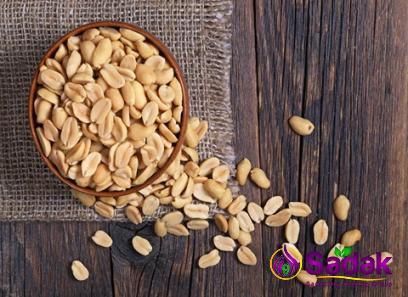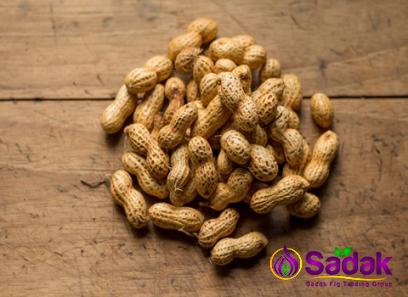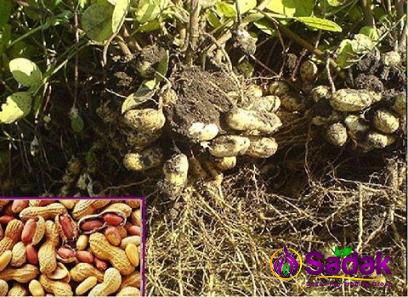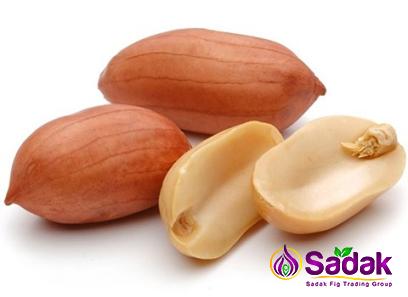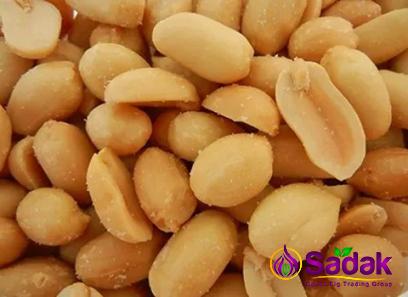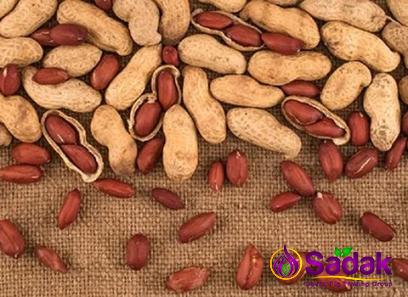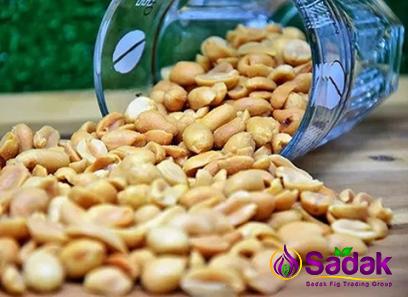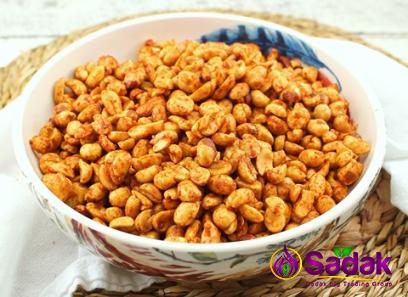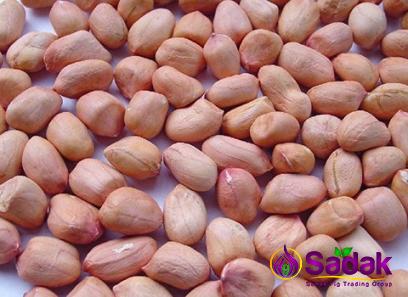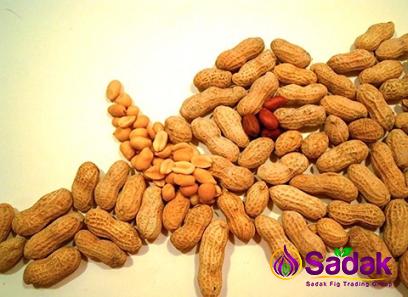Exporting high class dried figs to Europe
One of the popular dried fruit products in the food trade are Persian figs
Persians are exporting dried figs to Europe markets bringing in a sizable amount of foreign cash each year
The country and the Middle East’s largest dried fig cultivation region is located in the city of Estehban in the province of Fars
The qualities and qualities of the dried figs from this area of our country are exceptional and unmatched
Because of this, it has successfully carved out a niche for itself in global markets and enjoys a solid reputation among businesspeople throughout the world
When discussing dried fig types, different varieties in terms of race or tree type are not mentioned
In and around the Estehban region, there are specific varieties and breeds of dried fig products
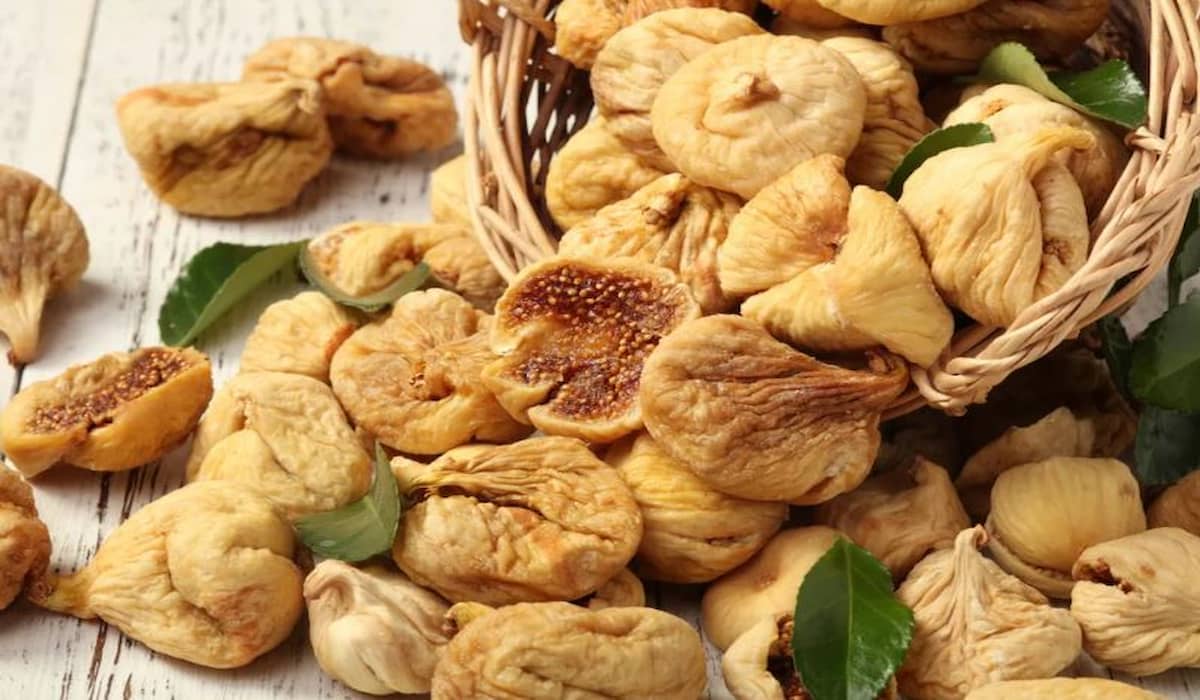
The size of each fig, the color of its look, and the fig’s open or closed mouth are the sole characteristics that distinguish the various types of dried figs from Eshtaban
The products of a fig tree can be categorized into different groups based on these variations
Dried figs in the following categories: A-2A-3A-B; Ghancheh, Sedik, and Perak
Because they are of inferior quality than the other categories, dried figs A and B are mostly utilized to produce fig products
Dried figs in grades 2A and 3A make up the majority of Iran’s exports
Naturally, Iranian dried figs are also exported using groups of poorer grade
Dried figs from Estahban are exported in low quality, mostly for use by farms and pharmaceutical businesses, despite their many beneficial qualities
A few Persian Gulf nations, particularly Siddik and Perak, also import exquisite Estehban dried figs of the highest quality
But 2A and 3A dried figs, which are primarily shipped to East Asian and European nations, are Iran’s principal dried fig exports
China now imports the most figs from Iran
With a 49% market share, Turkey is the leading exporter of figs worldwide
Following that are Afghanistan with a 19% market share, followed by Austria, Spain, and the Netherlands with 4% of the global market
Fig exports from Iran are ranked fifteenth
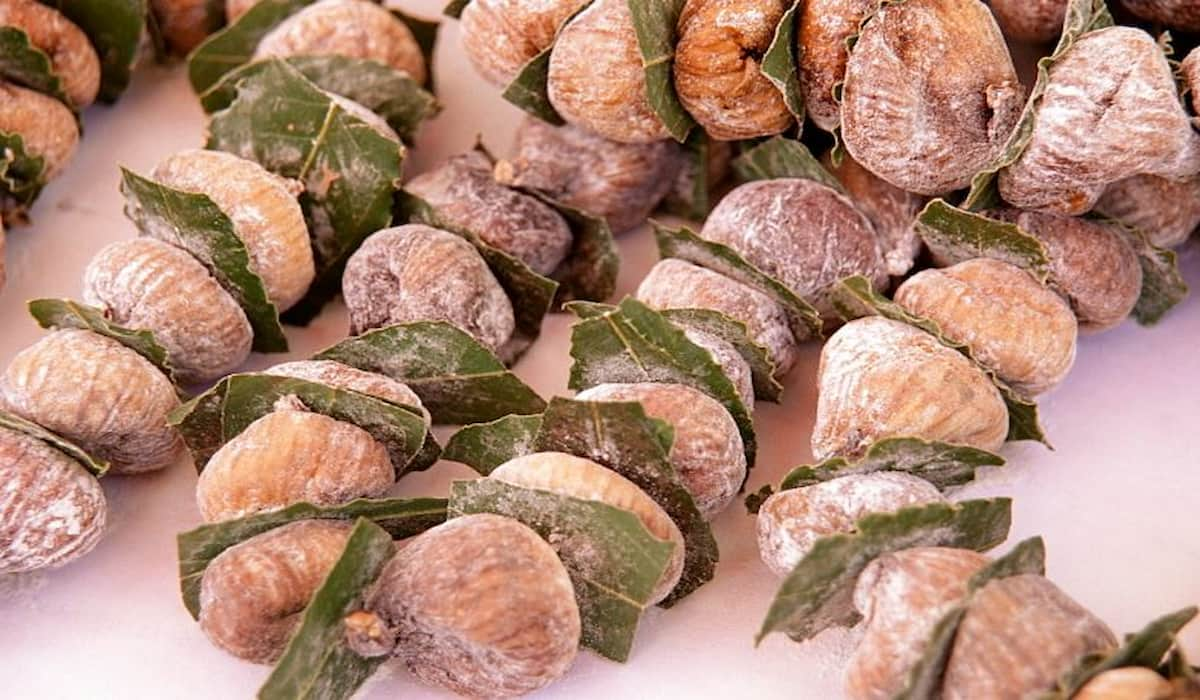
However, the biggest importers of figs are Austria, Germany, France, the United States, and India
India and Austria are two nations that import a lot and have expanding markets
Following that, the import markets for figs have expanded in the United States, Canada, Holland, Germany, France, and Switzerland over the past five years, and in England and Italy over the past 12 months
Dried fig varieties The following types of figs are considered to be exported: Grade 101 dried fig (AAA) It is the most expensive variety of dried fig, and the seeds are totally open and devoid of little and large seeds
The seeds are light in color (white and yellow) and quite large (more than 24 mm)
a dark hue
Grade 101 dried fig (AA) Dried figs of grade 101 (AA) are typically 22mm thick and have light-colored (white and yellow) seeds
Maximum 90% of the dry fig seeds in this variety have an open mouth, and only 4% of the seeds can be darkly colored
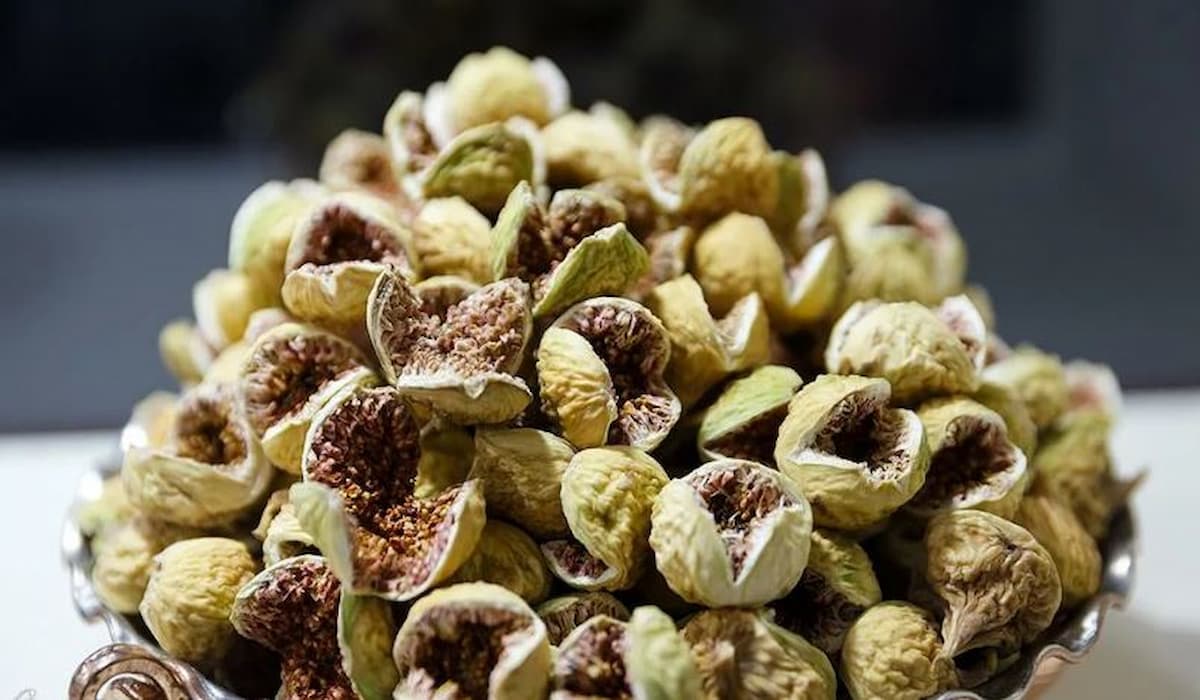
Grade 101 dried fig (A) Dried figs of grade 101 (A) have light-colored (yellow and white) seeds that range in size from 14 to 22 mm
The dried fig seeds in this variety have a minimum of 25% open mouths and a maximum of 15% dark-colored seeds
Select Dried Figs (AA) Dried figs of grade (AA) have light-colored (yellow and white) seeds that are typically 20mm in size
Dried fig seeds of this type have a minimum of 45% open-mouthed seeds and a maximum of 4% seeds that are black in color
stale figs (A) Yellow and brown seeds with an average size of 20 mm are present in dried figs of grade (A)
At least 25% of the dried fig seeds of this type have open mouths, whereas the majority have closed mouths
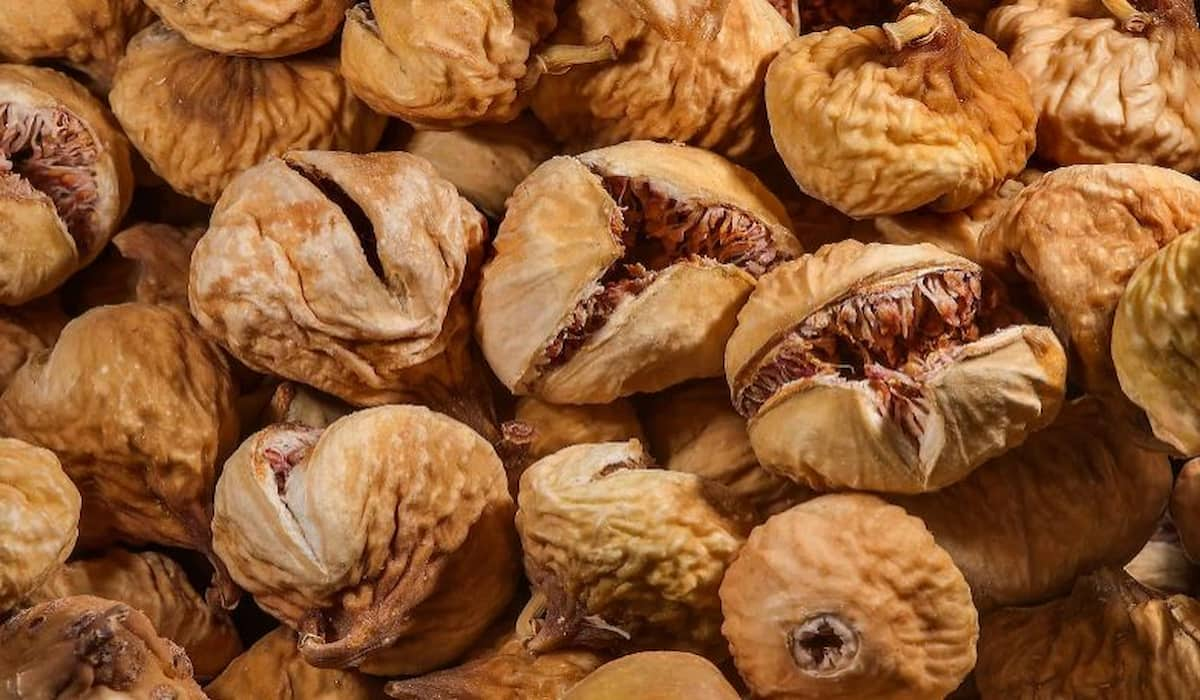
stale figs (B) Brown and gray seeds with an average size of 14 mm are present in dried figs of grade (B)
At least 3% of the dried fig seeds of this type have open mouths, whereas the majority have closed mouths
pressed figs (A) The 250, 400, and 500 gram packets of Grade (A) pressed figs feature moist fig seeds that are mechanically formed into light-colored tablets
Condensed Figs (B) The grade (B) pressed figs, which come in 250, 400, and 500 gram packs, are made from moist fig seeds that have been mechanically pressed into tablets
Your sales and exports are greatly impacted by the figs’ packaging
Iranian figs may be attractive to many consumers outside of the nation’s boundaries thanks to modern, gorgeous, and standard packaging
It is important to take note of how packaging affects the selling of dried and exported figs
The Fars province, Estehban, Niriz, and Jahrom are where the majority of dried figs produced in Iran are associated, and production, supply, and demand in these regions determine the price of Iranian dried figs for export
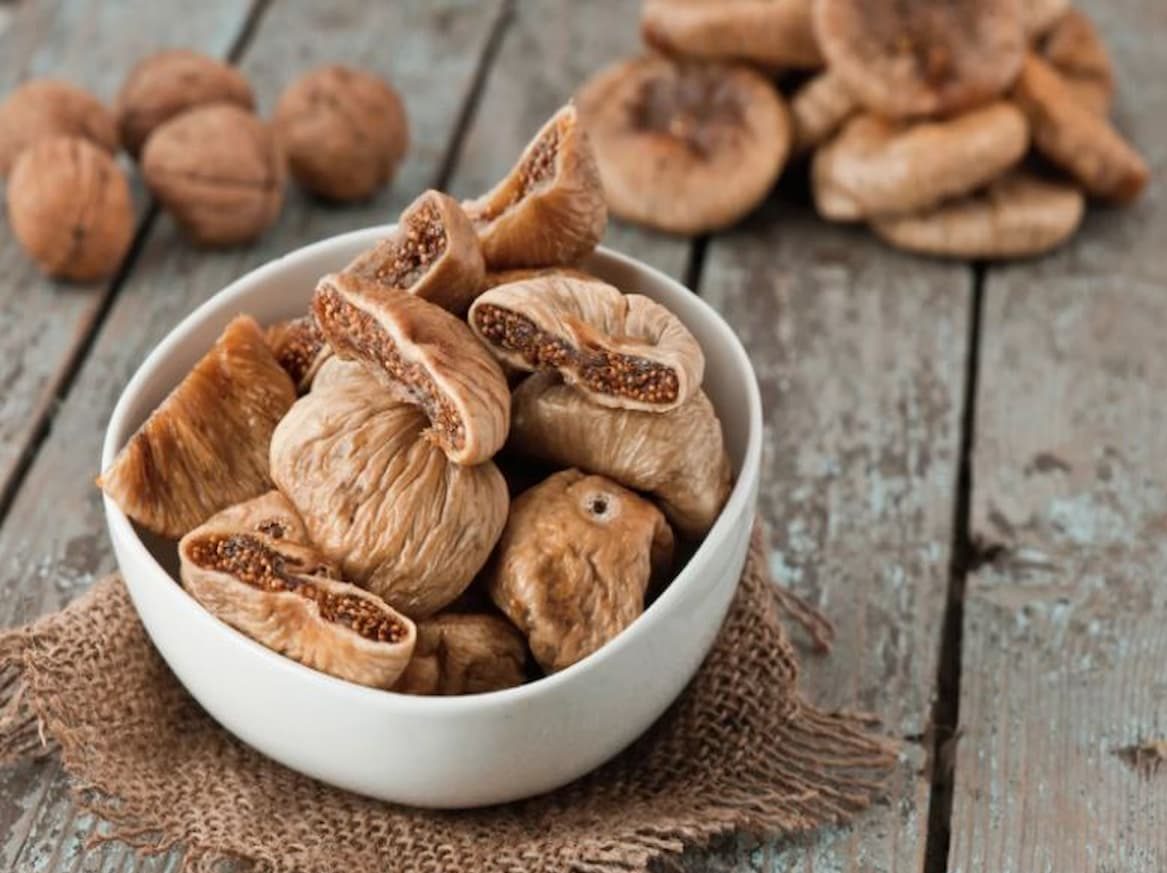
The majority of the goods produced in these areas are exported to countries throughout the world, many of which are East Asian nations
One of the most significant agricultural products in the Fars province’s Estehban city, which has a long history and a large market, is dried figs
The largest rainfed fig farm in the world, Estehban produces a lot of figs in this area each year
The reputation of Estehban dried figs is recognized across the world, and the wholesale price of Estehban dried figs is established using foreign supply and demand
Of course, other elements that influence the wholesale price of Estahban dried figs include annual output and crop shortage
The majority of Iran’s fig exports, mostly of grades A and AA, go to other nations
Our company have done much research to give you this information, also we are one of the top importers and exporters of the pistachios business
We are proud to be a part of this huge worldwide business
